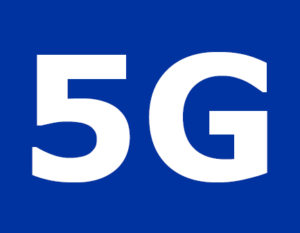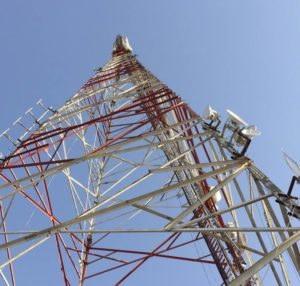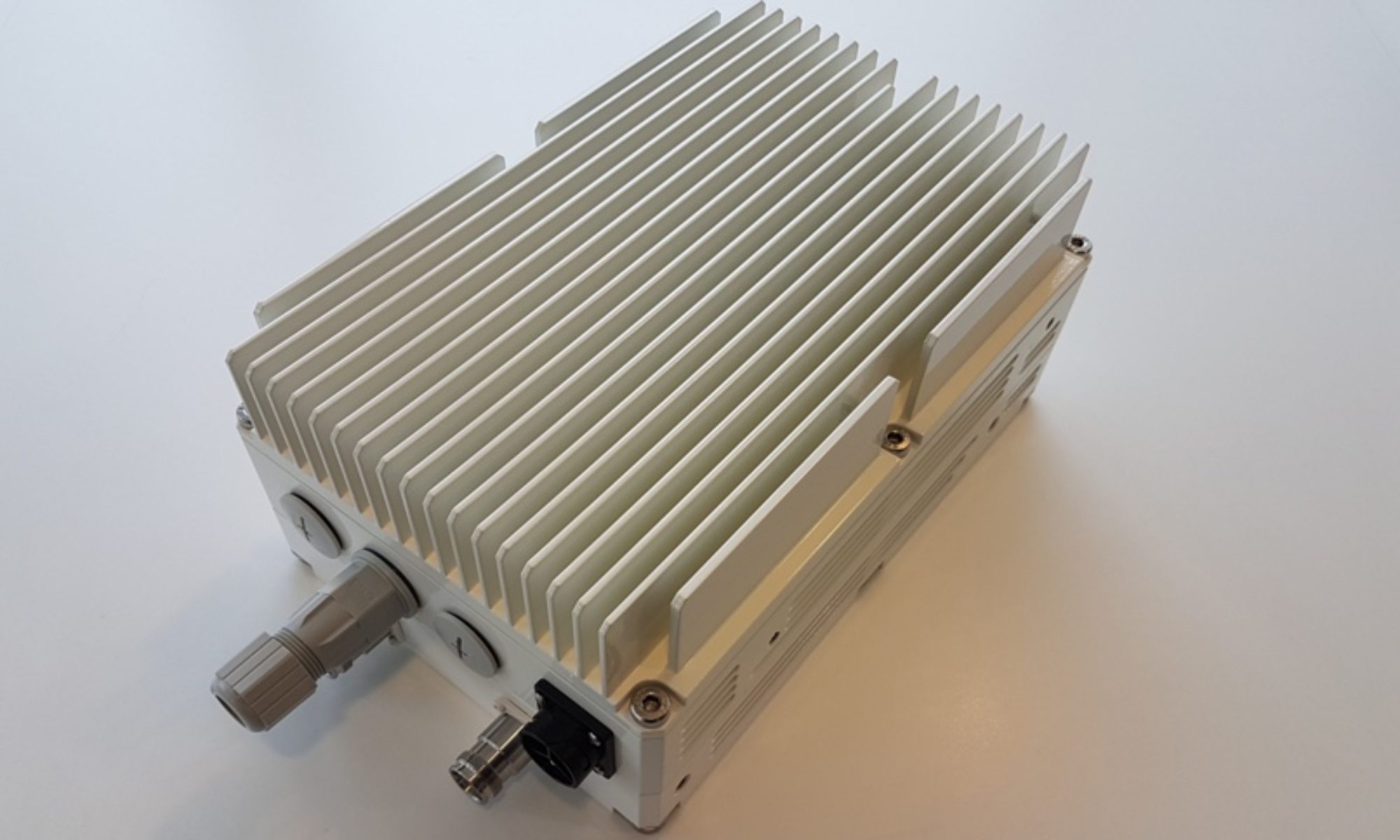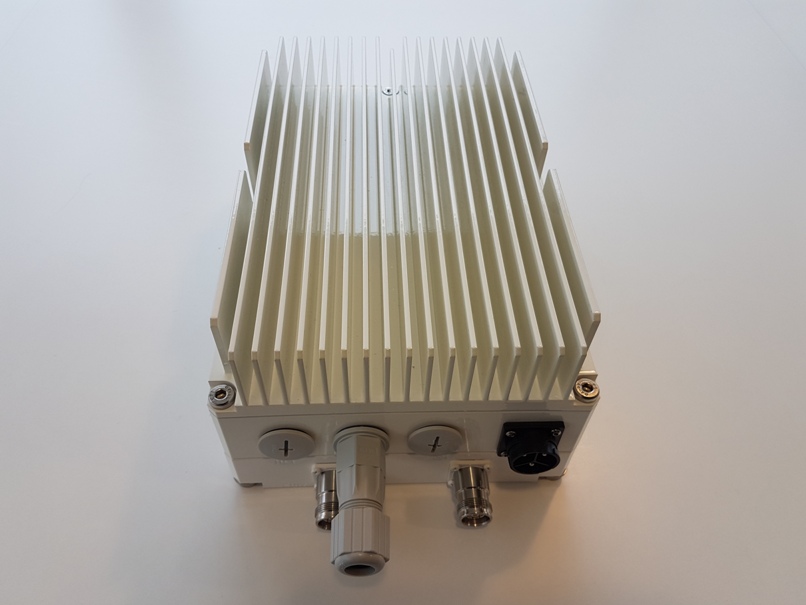5G networks can boost wireless connection speeds by a factor of 10 and may replace wired broadband. Here we explain the benefits of building a Private 5G Network:
What is 5G?

5G wireless is an umbrella term to describe a set of standards and technologies for a radically faster wireless internet that ideally is up to 20 times faster with 120 times less latency than 4G, setting the stage for IoT networking advances and support for new high-bandwidth applications.
5G and 4G are marketing words used to describe the standards set by the 3GPP for mobile wireless communications technology
Building Private 5G Networks: What is involved ?

Originally, 5G was designed for large-scale carrier networks to cover entire countries. More recently, two factors have enabled the rise of Private 5G networks: firstly, a range of compact, stand-alone and designed-for-purpose 5G systems, and secondly, the availability of easy-access spectrum including the unlicensed 5GHz band – are now available to enable organisations to implement wireless networks for mission-critical automation and mobility applications.
Private 5G solutions make it possible for private organizations to deploy and operate high-performance, on-premises private wireless networks, without requiring access to licensed spectrum, yet still benefit from the performance and global ecosystem of 5G technology. This is attractive across a wide range of enterprise applications, particularly where in-house control, mission-critical reliability, multi-service capability, mobility and security are needed.
What is Private 5G?

Globally, most 5G networks are public – serving both public or enterprise subscribers from operator-owned networks. A 5G network is considered to be private when its main purpose is to connect people/things belonging to an enterprise (normally across a campus or site), and where data needs to be kept totally secure by avoiding transmitting it through the core network of a mobile operator. Full private ownership of the whole LTE network – including Base Stations and Core – has several advantages.
Major Benefits of Private 5G

The many benefits of a Private 5G network can include:
- Guaranteeing coverage and capacity in the target coverage area. Organisations can design, engineer and update the RAN to meet their specific performance demands, including for coverage, configuring uplink and downlink, set usage policy, determine which users connect, how traffic is prioritised, and other key parameters.
- Optimising parameters in the 5G radio to operate in challenging physical environments (e.g., warehouse or oil/gas facility with lots of metal). This can include fast recovery from failure, or optimizations for reliability, and for latency. This is not possible when connecting to a public network, where such parameters are under control of the operator, not the user.
- Retaining control of critical data: In private networks, the organization controls its own security and can ensure that sensitive information does not leave the network; this is an essential requirement for many types of businesses and security-focused organisations. Another benefit of keeping data and the core network on the private 5G network is the risk of service disruption due to a WAN link outage is eliminated.
- Dedicated coverage and capacity of high speed 4G network with the ability to customise performance to enterprise needs
- High speed, high capacity, reliable and secure mobile broadband communication layer for mission-critical and business-critical people, machines and applications
- A fast route to digital transformation and IoT, bringing intelligent insights for more efficient operation, agility, quality and innovation
- LTE mobility – the use of advanced applications on mobile platforms (vehicles, robots, etc) and transparent hand-over to public 5G networks outside of private 5G network coverage
- In mining and minerals, private 5G can be used to automate remote facilities and enhance security
- Enabling IoT applications which can run over a Private 5G network
Availability of 5G Spectrum

In terms of spectrum, owners of private 5G deployments can choose to use from:
- Shared-access 3.5 GHz band (i.e., Citizens Broadband Radio Service, or CBRS) in the USA
- 5 GHz unlicensed band globally (using Unlicensed LTE, also known as MulteFire)
- Licensed bands if available from national government regulators: some regions are available for ISPs or for networks for specific applications (Safety, Law Enforcement, Energy Utilities)
Early examples of private 5G networks were typically deployed in licensed spectrum with permission from the regulator or partner mobile operator, the availability of open access spectrum in combination with built-for-purpose, interoperable equipment, makes it easier for organizations to deploy and operate a private 5G network.
Licensed and Unlicensed: Where there is choice, organisations can decide whether to deploy with unlicensed 5GHz, or licensed band operation. Some organisations, especially Government, Security, Energy & Utilities can get access to spectrum to run private 5G Networks.
4G, 5G and Beyond
An organisation deploying Private LTE can choose vendor equipment with roadmap that suits them; quality modern equipment such as CableFree includes Software Defined Radio and Software Defined Networking with easy roadmap to 5G and beyond. The upgrade cycle of software and/or hardware can be under the user’s control, and meet demands for coverage, capacity, applications and network features.
5G network speed vs 4G
With every new generation of wireless technology, the biggest appeal is increased speed. 5G networks have potential peak download speeds of 20 Gbps, with 10 Gbps being seen as typical. That’s faster than current 4G networks, which currently top out at around 1 Gbps, and also faster than cable internet connections that deliver broadband to many people’s homes. 5G offers network speeds that rival optical-fiber connections.
Raw speed alone isn’t 5G’s only important improvement; it also features a huge reduction in network latency. That’s an important distinction: throughput measures how long it would take to download a large file, while latency is determined by network bottlenecks and delays that slow down responses in back-and-forth communication.
Latency can be difficult to quantify because it varies based on many network conditions, but 5G networks are capable of latency rates that are less than a millisecond in ideal conditions. Overall, 5G latency will be lower than 4G’s by a factor of 60 to 120. That will make possible a number of applications such as virtual reality that delay makes impractical today.
Product Availability

CableFree 5G solutions for Private 5G networks are available in all 5G bands from 450MHz up to 5925MHz, including licensed and unlicensed bands. CableFree offers 5G-NSA and 5G-SA solutions, with Small Cell and Macro Cell products in licensed spectrum, or 5GHz MulteFire and CBRS small cells that allow enterprises and other professional organisations to deploy their own private 5G networks in Licensed and Open-Access Spectrum. In addition to gNodeB 5G Base Stations, CableFree offers core network, customised private SIM cards and CPE devices to build complete “Stand alone” 5G solutions.
A small note, as of Nov 2020, 5G CPE chipset vendors are not yet supporting 5G in 5GHz (n46) band. Availability of 5GHz 5G CPEs will depend on their release.
Acknowledgements: the 5G logo is (C) 3GPP and Multefire logo is (C) the Multefire Alliance
For Further Information
Please Contact Us



